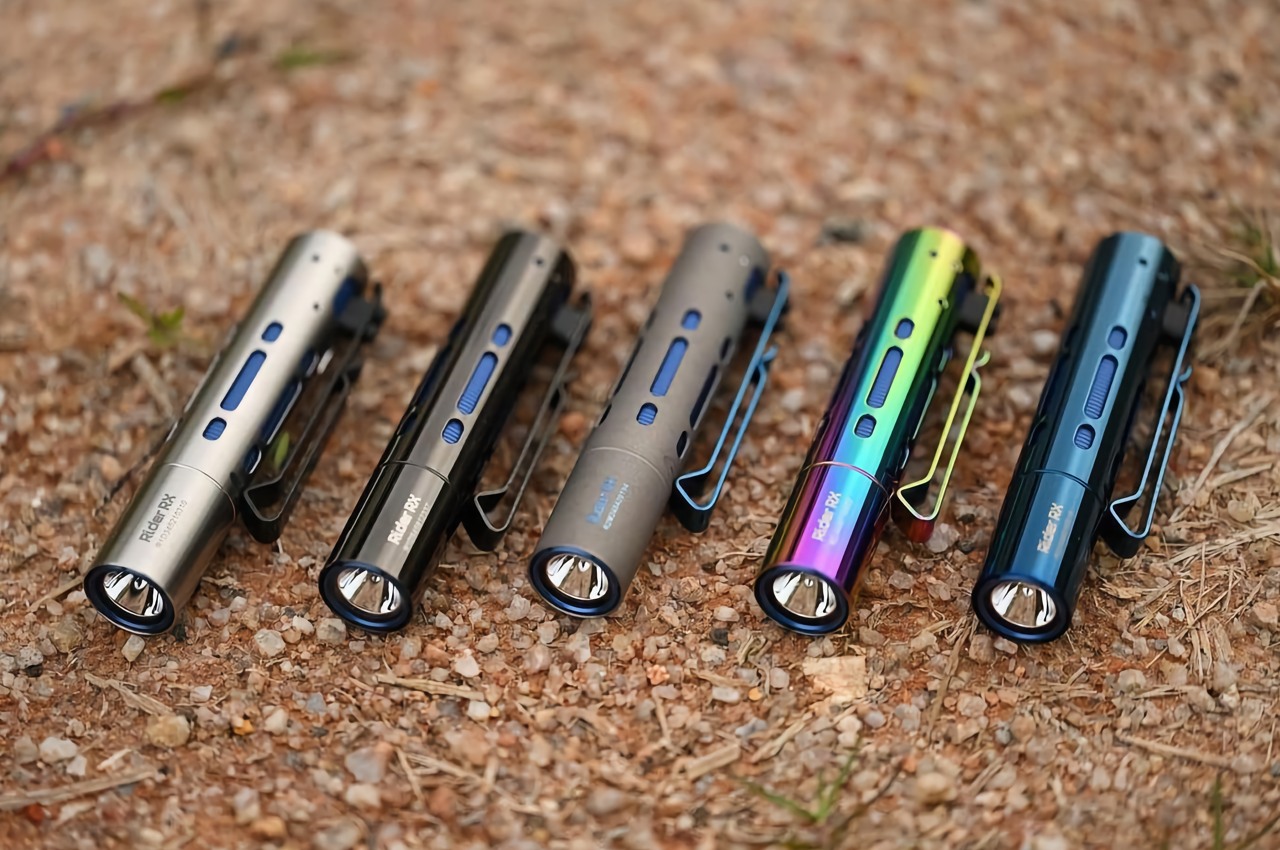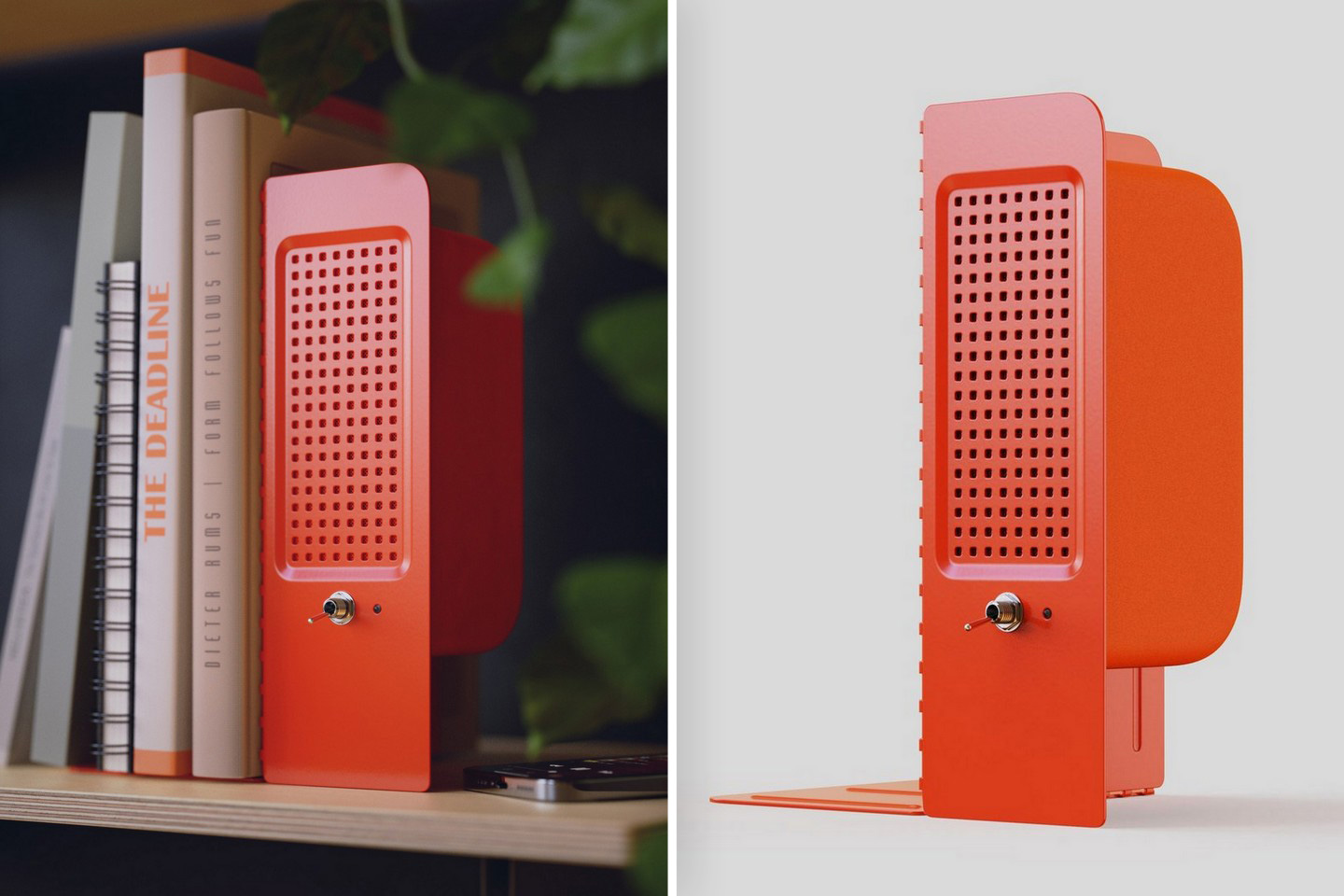#Bookmarklets Offer Bite-Size Functionality in Any Browser – Review Geek

Table of Contents
“#Bookmarklets Offer Bite-Size Functionality in Any Browser – Review Geek”

Sometimes you might want the occasional functionality of an extension without the hassle of downloading one or having it constantly bogging down your browser when you’re not using it. Bookmarklets are a perfect solution, as they are secure, lightweight, and frankly, fun.
What Is a Bookmarklet?
By definition, a bookmarklet is defined as “a small software application stored as a bookmark in a web browser, which typically allows a user to interact with the currently loaded web page in some way.” They’re typically written in JavaScript, and have a singular function that you designate. They are most commonly associated with sharing on social media, like when you’re on a cool website and see the option to share it on Facebook or Twitter.
Bookmarklets are extremely versatile in what they can do. Some can run a simple action on a page, like translating a web page, while others can handle more complex tasks by taking you directly from a live page on your blog to the back end in your content management system to edit it, for example. You have total control over them and can set them up to do exactly what you need them to do.
The Benefits of Bookmarklets
Because they’re just a short bit of JavaScript, bookmarklets are not browser-specific, so you can set them up across any browser you use as long as it supports bookmarks. By comparison, browser extensions may be limited to just one or two browsers (which may or may not be the browser you prefer to use), and you are limited to what’s available in each browser’s store. There’s also the slight risk that an extension may have slightly different appearance and functionality in different browsers. Bookmarklets don’t have any of these issues.
Extensions are also almost always running in the background as well, hogging your computer’s resources, whereas bookmarklets don’t do or use up anything until you run them. Bookmarklets are a dramatically less resource-intensive alternative to extensions. They’re also more secure than extensions, as there is no third-party access, just you.
We recommend using bookmarklets if you have a less-powerful computer and don’t mind the minimal manual work that goes into setting them up and running them.
Finding and Setting Up Bookmarklets
Before you start using bookmarklets, you’ll need to go into your browser’s settings and activate (or show) the bookmarks bar so you can save and access your bookmarklets when you need them. Then, you can write up a bookmarklet of your own if you’re familiar with JavaScript, or you can find the code for one you want online, then copy and paste it as a new bookmark. Once you’ve done this, your bookmarklet is installed and ready to use.
You can also install a bookmarklet manually. With this method, you’ll be adding the JavaScript code into the URL bar (instead of a URL). This way you can name it whatever you want, or even edit the code when you need. Bookmarklets are saved the same way a bookmark is, and they work the same way, except instead of taking you to a new web page, it simply executes the preset action on that page.
If you want to save one for a service like Pocket or Facebook, many already have them ready for you to use. All you’ll need to do is find the page with the bookmarklet and drag and drop it to your favorites/bookmark toolbar.
For forums sites go to Forum.BuradaBiliyorum.Com
If you want to read more like this article, you can visit our Technology category.




